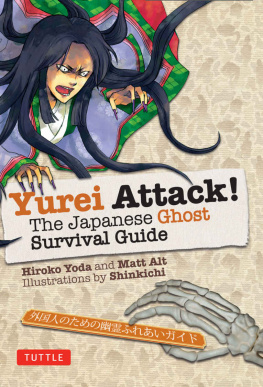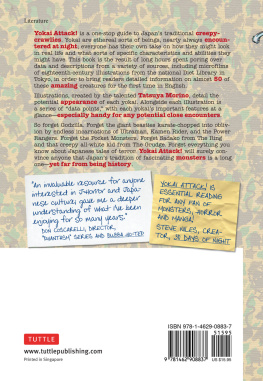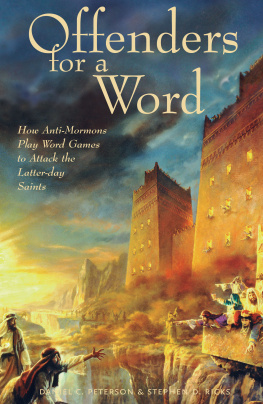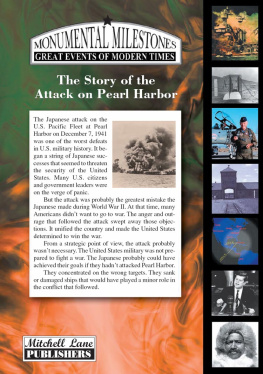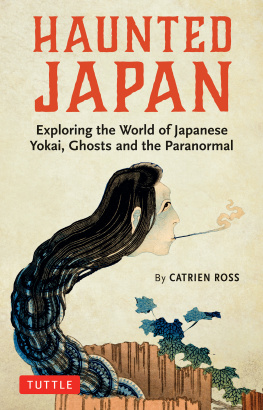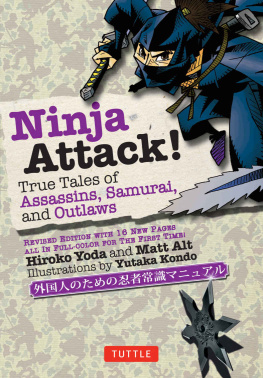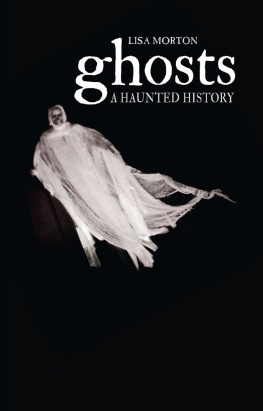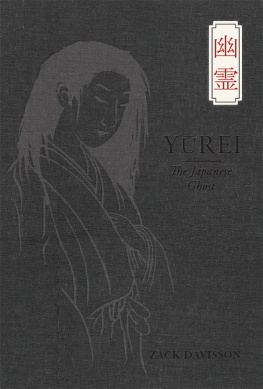Dear Reader: In order to view all colored text and non-English text accurately, please ensure that the PUBLISHER DEFAULTS SETTING on your reading device is switched to ON. This will allow you to view all non-English characters and colored text in this book. Tuttle Publishing
Yurei Attack!
Yurei Attack!
The Japanese Ghost
Survival Guide
Hiroko Yoda and Matt Alt
Illustrations by Shinkichi
TUTTLE Publishing
Tokyo | Rutland, Vermont | Singapore
Yurei Attack!
CONTENTS
Enma Daio
The Eight Hells
This book is dedicated to Tokyos scariest resident, Oiwa-san, whos been putting the fear into Japan for close to two centuries and counting.
Published by Tuttle Publishing, an imprint of Periplus Editions (HK) Ltd.
www.tuttlepublishing.com
Copyright 2012 Hiroko Yoda and Matt Alt
Illustrations 2012 Satoko Tanaka
All rights reserved. No part of this publication may be reproduced or utilized in any form or by any means, electronic or mechanical, including photocopying, recording, or by any information storage and retrieval system, without prior written permission from the publisher.
Library of Congress Cataloging-in-Publication Data
Yoda, Hiroko.
Yurei attack! : the Japanese ghost survival guide / Hiroko Yoda and Matt Alt ; illustrations by Shinkichi. -- 1st ed.
p. cm.
Includes bibliographical references.
ISBN 978-1-4629-0892-9 (ebook)
1. Ghosts--Japan. I. Alt, Matt. II. Title.
BF1472.J3Y63 2012
133.10952--dc23
2012001804
Distributed by
North America, Latin America & Europe
Tuttle Publishing
364 Innovation Drive
North Clarendon, VT 05759-9436 U.S.A.
Tel: 1 (802) 773-8930
Fax: 1 (802) 773-6993
info@tuttlepublishing.com
www.tuttlepublishing.com
Japan
Tuttle Publishing
Yaekari Building, 3rd Floor
5-4-12 Osaki
Shinagawa-ku
Tokyo 141 0032
Tel: (81) 3 5437-0171
Fax: (81) 3 5437-0755
sales@tuttle.co.jp
www.tuttle.co.jp
Asia Pacific
Berkeley Books Pte. Ltd.
61 Tai Seng Avenue #02-12
Singapore 534167
Tel: (65) 6280-1330
Fax: (65) 6280-6290
inquiries@periplus.com.sg
www.periplus.com
First edition
16 15 14 13 12 6 5 4 3 2 1
1204CP
Printed in Singapore
TUTTLE PUBLISHING is a registered trademark of Tuttle Publishing, a division of Periplus Editions (HK) Ltd.
INTRODUCTION
Do you believe in ghosts?
Generations upon generations of Japanese did. Many still do. This book is a collection of a nations conventional wisdom on the topic. We didnt make up a single ghost or story that appears in the pages that follow. Theyre all completely real real in the sense that they inhabit the historical and literary record. We scoured these for tales of terror from beyond the grave, pulling together as much background and context as we could. The sole embellishments are the new illustrations that adorn each profile.
While this may be a survival guide, get any thoughts of playing junior exorcist out of your head right now. The best you can hope for in the event of an encounter is to make it out alive. And if generations of ghost stories are to be believed, there are plenty of opportunities for ghost encounters in the islands of Japan. They were, and some say still are, very much a part of daily life there.
Yurei
The Japanese word for ghost is yurei. They are the souls of dead people, unable or unwilling to shuffle off this mortal coil for whatever reason. The general concept is similar to that of ghosts in the Western world: an ethereal essence of a formerly living being that remains after death. Just as in the West, some yurei haunt a specific person or place; others tend to roam freely.
But the similarities with foreign ghosts end there. In the West, spooks come out for Halloween. In Japan, spirits of all kinds are most active during the summer months, for that is the time of the Obon holiday the festival of the dead, when the spirits of loved ones are welcomed home from the hereafter for their annual visit.
Abroad, ghosts come in all shapes and sizes. Some are terrifying, like the Headless Horseman in The Legend of Sleepy Hollow . Others are content merely to haunt, such as Banquos quietly accusatory phantom in Macbeth . Theres even Casper, the Friendly Ghost .
Japans yurei are many things, but friendly isnt the first word that comes to mind. Not every yurei is dangerous, but they are all driven by emotions so uncontrollably powerful that they have taken on a life of their own: rage, sadness, devotion, a desire for revenge, or just a firm belief that they are still alive.
The most famous yurei by far are the angry ghosts. A great many of these are (or were) women. You dont have to be female to become a yurei, but it seems to help. There isnt any hard and fast answer as to why this is, other than tradition, but its easy to make an educated guess. The most popular ghost stories are tales of betrayal and revenge. In times of old women occupied a lower rung of the social ladder than men in society, making them convenient targets for all sorts of nasty behavior: trickery, betrayal, even murder. The more dutiful and loyal the woman, the more powerful her ghost and the sweeter the inevitable revenge against her tormentor. Payback, as they say, is a bitch.
Yurei are all about payback.
The Power of Onnen
Nobody ever lives a long, happy life, dies peacefully in bed surrounded by family, and comes back as a yurei. The most dangerous yurei have an axe to grind preferably against the neck of whoever it was that cut their lives short in the first place. They are fueled by a potent mix of fury, sadness, and a desire for revenge. What takes many words to describe in English takes only one in Japanese: onnen .
An onnen is a mix of grudge and anger so powerful that it takes on a literal life of its own, transforming into a force capable of exerting a malevolent influence on the physical world. This is the fuel that feeds an angry ghost.
The insidious thing about an onnen is that you dont have to have been the one who actually instigated the grudge to be affected. Like a virus, anyone who comes into contact is at risk. Even the totally innocent. Thats what makes the prospect of a yurei encounter so terrifying. They are the paranormal equivalent of landmines, invisible and still dangerous long after they were first sown.
According to Japanese tradition, shaped by centuries and millennia of native Shinto and imported Buddhist beliefs, it is believed that the soul is eternal, passing from the body of the deceased into the world of the dead. But to do so it must remain in a purgatory of sorts among the living for a certain period of time. It is during this period that fierce emotion, whether positive or negative, can bind a soul to this world. The deeper the emotion, the higher the chance of a soul manifesting itself among the living again.
In the vast majority of cases, a yurei will remain trapped in our world until its onnen is soothed or appeased in some way. But there are exceptions. Some are so powerful that they remain in our world permanently. These represent the most dangerous sorts of spirits in Japanese folklore. A perfect example of this can be seen in Taira no Masakado (page 40), the samurai warrior whose furious spirit is believed to reside in downtown Tokyo even today, a millennium after his death on the battlefield. The perceived power of onnen is precisely why his shrine has remained untouched for centuries, even though it sits atop what is now some of the most expensive real estate on the planet.
Yurei vs Yokai
In times of old the inhabitants of Japan believed that they shared their country with all sorts of other worldly inhabitants. These ranged from kami (gods), to oni (monstrously powerful ogres), to bakemono and yokai (shape-shifters and other supernatural creatures).
Next page
